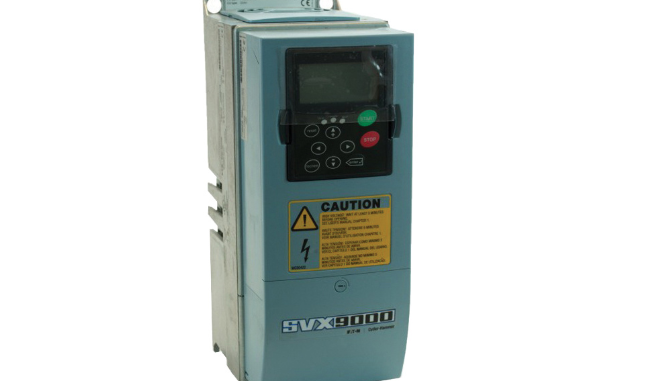
The variable speed drive helps consumers realize huge energy savings and control. The key to savings is creating a good match between the application and the drive. Some electrical suppliers such as USESI provide guidelines to their customers on how to chose suitable drives for their applications.
Some of the major considerations for optimum performance include:
The type of motor to control
When selecting the variable speed drive, the consumer must consider factors such as the motor design and compatibility with the electrical drive. The electrical insulation in older motor windings may be insufficient to withstand high transients associated with the adjustable speed drive. These transients occur due to the high-frequency switching or due to long cable runs.
Electrical noise
The switching action, as well as the different frequencies, can introduce electrical noise, in the form of harmonics, into the supply lines. This will cause interference in the nearby equipment and is, therefore, undesired. The drives have inbuilt filters; however, external filters may be required if the noise level is beyond the permissible intensities.
Installation location
The ASD is either installed close to the motor or at a specific distance. There are limitations on the length of cable and where to place them without causing interference to nearby equipment.
In addition, large drives may generate considerable amounts of heat, which must be dealt with to avoid possible damage. The location influences the cooling method and the drive should accommodate the method. Care must be taken when selecting the right enclosure. It’s important to prevent ingress of dust and other particles without compromising the cooling mechanism.
Cooling requirements
A motor running at full speed is able to rotate the cooling fan to provide adequate cooling. However, the cooling may be insufficient at lower speeds. This is usually addressed by derating the motor or using additional cooling.
The size of variable speed drives to purchase
The drive’s size depends on the size of the motor, supply voltage, altitude, and operational environments like temperature. Depending on the requirements, the drive may be a small portable device, complex or a large drive available in a freestanding or wall mounted model.
Communications and Control
This will be necessary if there is need to connect the driver to external computers or networks for real-time monitoring and control.
Control options for the variable speed drive
Variable speed drives are usually available with manual, automatic or combined auto and manual controls. However, automatic control has numerous benefits over manual, which is prone to slow response times and human errors.
Benefits of using AC adjustable speed drives to control motors
- Energy savings, decreased downtime, increase quality control and efficiency.
- Better and efficient control: provides an efficient and reliable, variable speed and torque control to meet a wide range of application requirements.
- Controlling the startup current: provides a convenient and reliable method of starting motors at a lower current. The lower current means reduced startup power and less stress on power distribution lines. Without control, the motor startup current may be as high as seven or eight times the normal current.
- Reduced wear and tear: Controlling the startup current ensures the motor starts at low current hence reducing mechanical and thermal stresses on the motor, belts and drive equipment. This reduces the wear and tear, heating, as well as the demand on the electrical supply.
- Improve efficiency and productivity: controlled startup, acceleration, braking or reversing the motor direction reduces the mechanical shocks. Without a drive, it may not be possible to operate sensitive process lines such as those found in the bottling industry, since the shock would break the bottles. On the other hand, an ASD allows the process to start at a low and safe speed and then smoothly increases to the desired speed.
- Eliminates the need for expensive gearboxes and other mechanical components for changing speed or positions. This will also reduce the floor space requirements, as well as maintenance costs.
Conclusion
The variable speed drive leads to significant energy savings while providing efficient and customized motor control for unique application requirements. Variable speed drives are smaller in physical size, cheaper, and have better performance and reliability.
Today’s drives are now employing advanced technologies, such as more efficient semiconductor devices and enhanced hardware and software. This improves control and flexibility. At USESI we have a wide variety of motors and variable speed drives to meet our customer needs. Additionally, we can help you choose a suitable automatic speed drive for any application.

